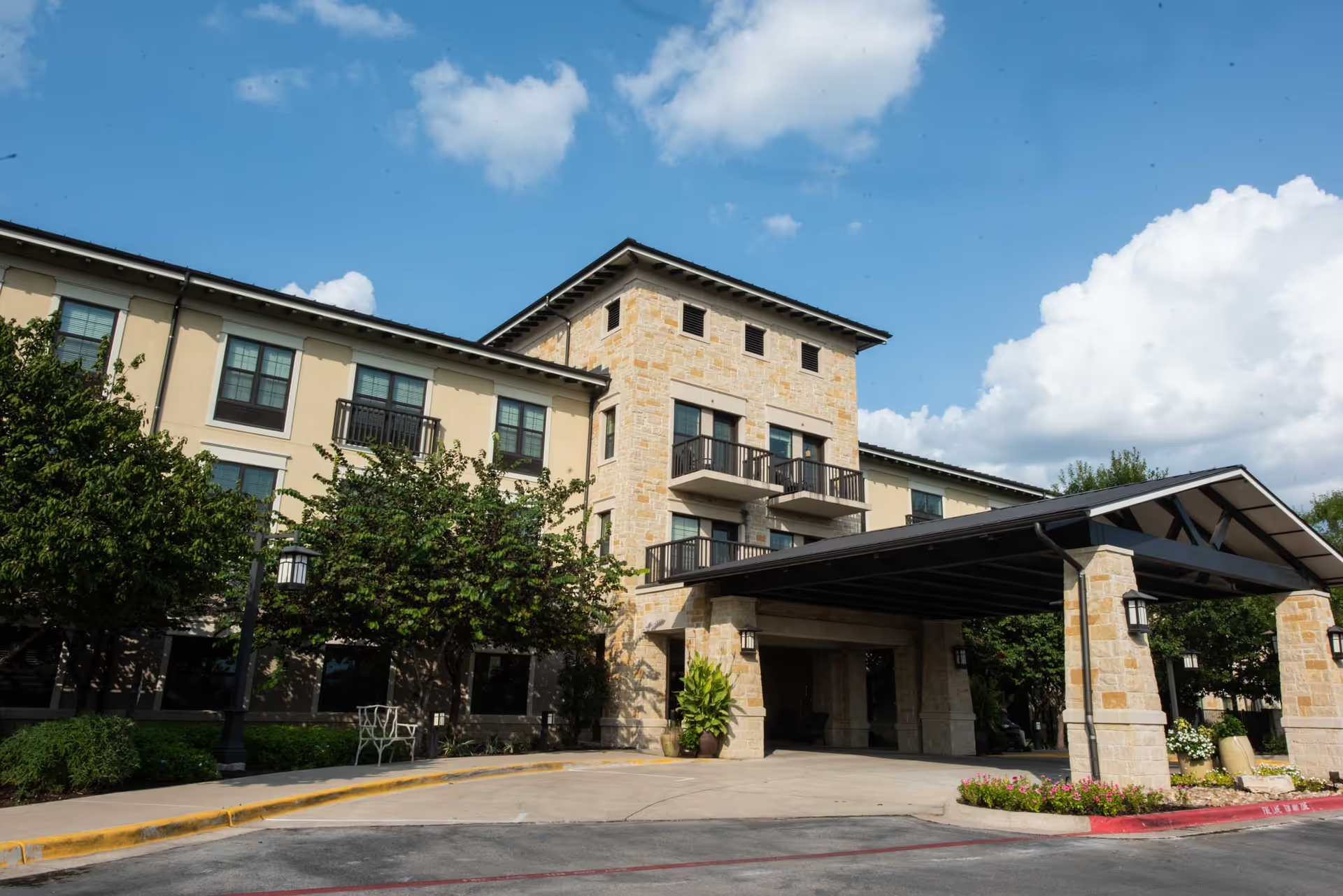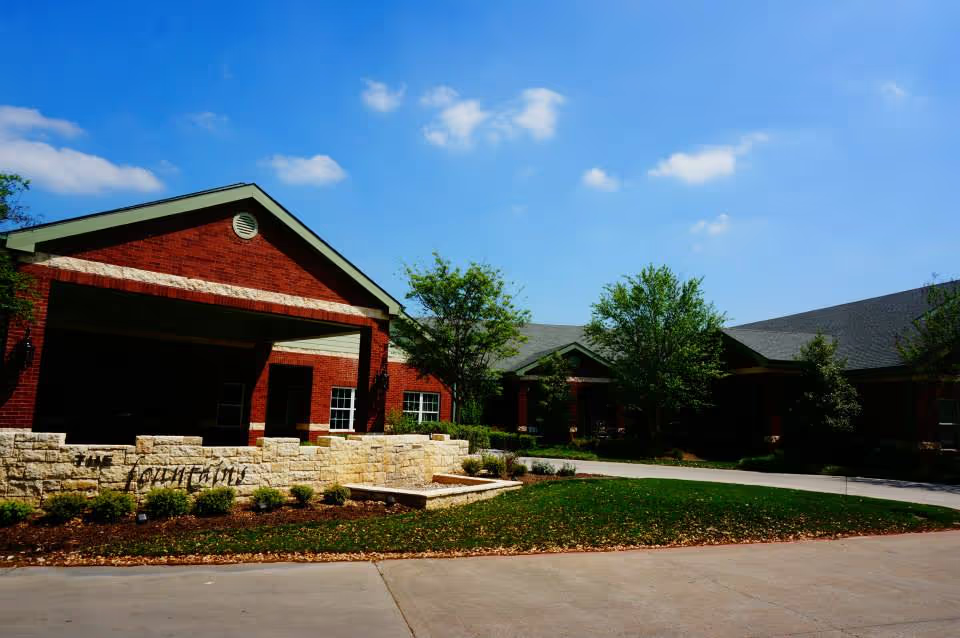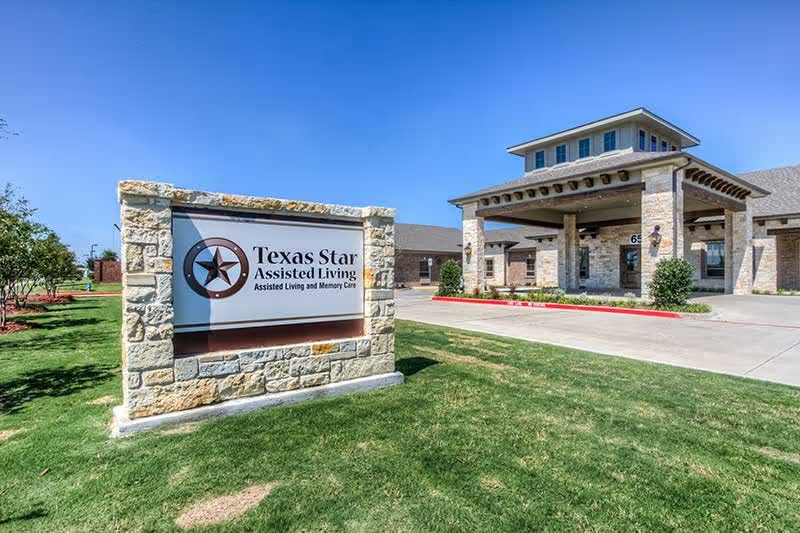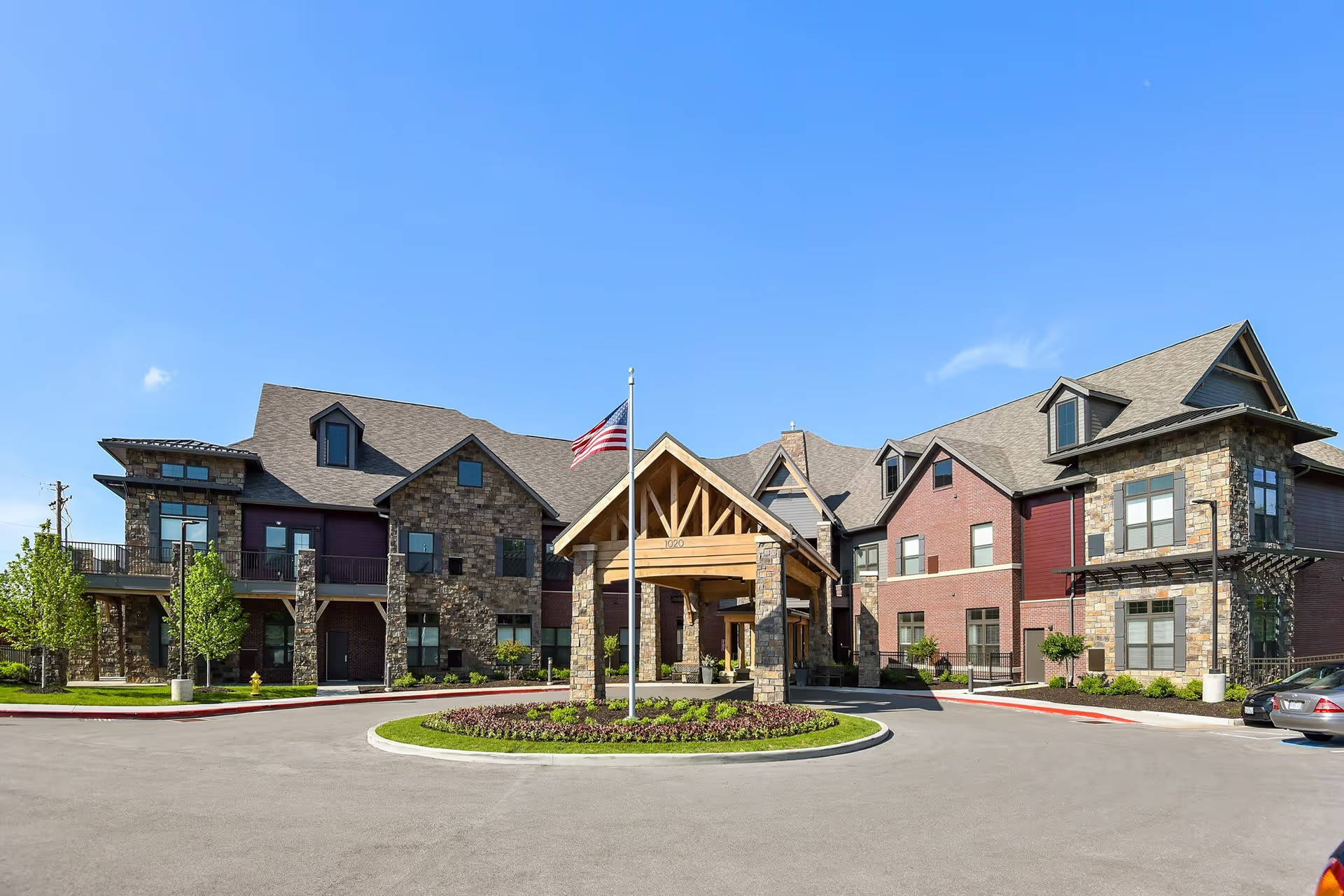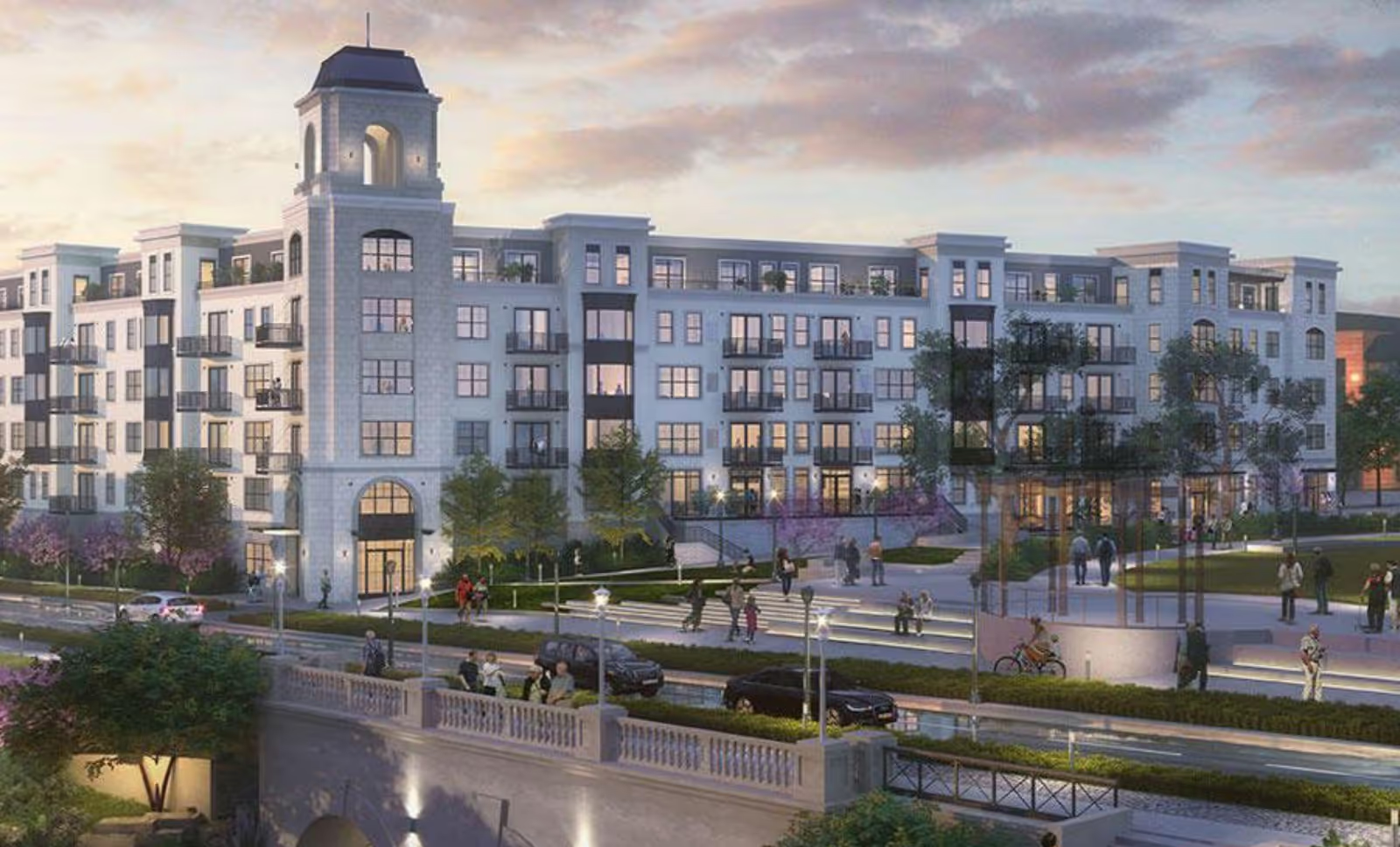Overall sentiment in the reviews for Wellington Rehabilitation And Healthcare is mixed, with clear strengths in clinical rehabilitation services and activity programming but notable and repeated concerns about safety, staffing culture, and inconsistent cleanliness. Multiple reviewers praised the rehab therapy team and described therapists and nursing staff as experienced, long-tenured employees; specific mentions of "sharp rehab staff" and perceptions of good, 24/7 care indicate that clinical and rehabilitative services can be strong. Several reviewers also noted that the facility is modern and remodeled, with nice room features, comfortable beds, warm homemade meals served on time, and a generally friendly and professional demeanor among many staff members. The facility’s proximity to a hospital and Medicare coverage for an initial 20 days were also seen as practical advantages.
Activities and social offerings are consistently highlighted as positive aspects. Reviewers reported busy activity schedules that include shopping trips, field trips, bingo, outdoor activities, and live music 2–3 times a week. Common areas were described as clean by some, and the regular programming contributes to a general sense of wellbeing for residents according to favorable reviews. Security measures such as door alarms were noted positively, and accessible care given the location near medical services was appreciated.
However, there are several significant and recurring negative themes that temper the positive impressions. Safety concerns are prominent: multiple reviewers pointed out that exits open directly onto a busy street and recommended physical barriers to prevent residents from accessing the street. One reviewer described an ignored safety hazard involving a sprinkler hose, which, together with reports of inaccurate medication records and delays in moving patients, suggests lapses in operational oversight and risk management. Cleanliness and odor are inconsistent across accounts: while some reviewers explicitly state there are "no odors" and that rooms are clean and organized, others report the place "smelled nasty," and that cleanliness claims were contradicted in practice.
Staffing culture and attitudes appear to be mixed as well. Many reviewers praised friendly, professional staff, but others described poor attitude, a rude nurse, and a Director of Nursing who seemed unconcerned. Staffing shortages were mentioned—reviewers noted staff may be short-handed even though care was ultimately provided—indicating variable staffing levels or stress on personnel. Administrative and record-keeping issues were raised too, including allegations of inaccurate medication records and delays related to moving patients, which are serious concerns for clinical continuity and patient safety.
Facility accommodations present a tradeoff: some reviewers appreciated modern rooms and features, whereas others reported small shared rooms and instances where single rooms were doubled up, making navigation difficult and contributing to dissatisfaction. One reviewer linked weight loss to the meals, which contrasts with other accounts praising homemade nutritious food; this inconsistency suggests variability in portioning, dietary adequacy, or individual resident experiences that merits investigation.
In summary, Wellington Rehabilitation And Healthcare shows strengths in rehabilitation expertise, activity programming, and certain aspects of comfort and security, but the reviews reveal important patterns of concern: safety vulnerabilities related to egress to a busy street, inconsistent cleanliness and odors, occasional poor staff attitudes and administrative lapses (medication records, delayed transfers), and the presence of cramped shared rooms. These mixed reports indicate that while many residents and families are satisfied with therapy, staff friendliness, and activities, others have experienced serious operational or safety shortcomings. Prospective residents and families should weigh the facility’s clinical strengths and active programming against these recurring safety, cleanliness, and administrative concerns and ask management for specific details about staffing levels, safety measures for exterior exits, room configurations, and medication administration/record-keeping practices before deciding.
